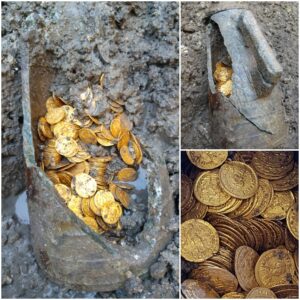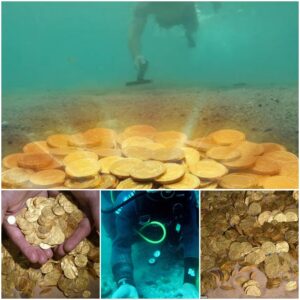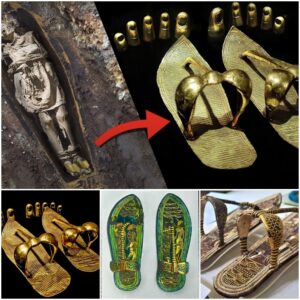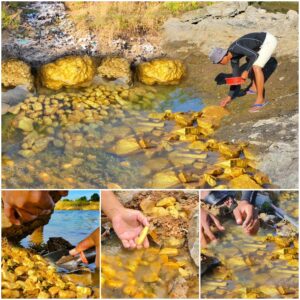An exquisitely colored yet incredibly elusive and rare bird, often discovered in vast hill forests, especially in regions featuring densely shaded ravines, gullies, and meandering streams.
Meet the Green Cochoa:
Description:
The green cochoa (Cochoa viridis) is a bird species that has been classified in various ways, sometimes with the thrushes of the Turdidae family or the related Muscicapidae (Old World flycatchers). It is now considered to be more closely related to the thrushes. This Himalayan bird displays a moss green plumage. Males boast a blue crown, blue wings, and a tail adorned with a broad black band.
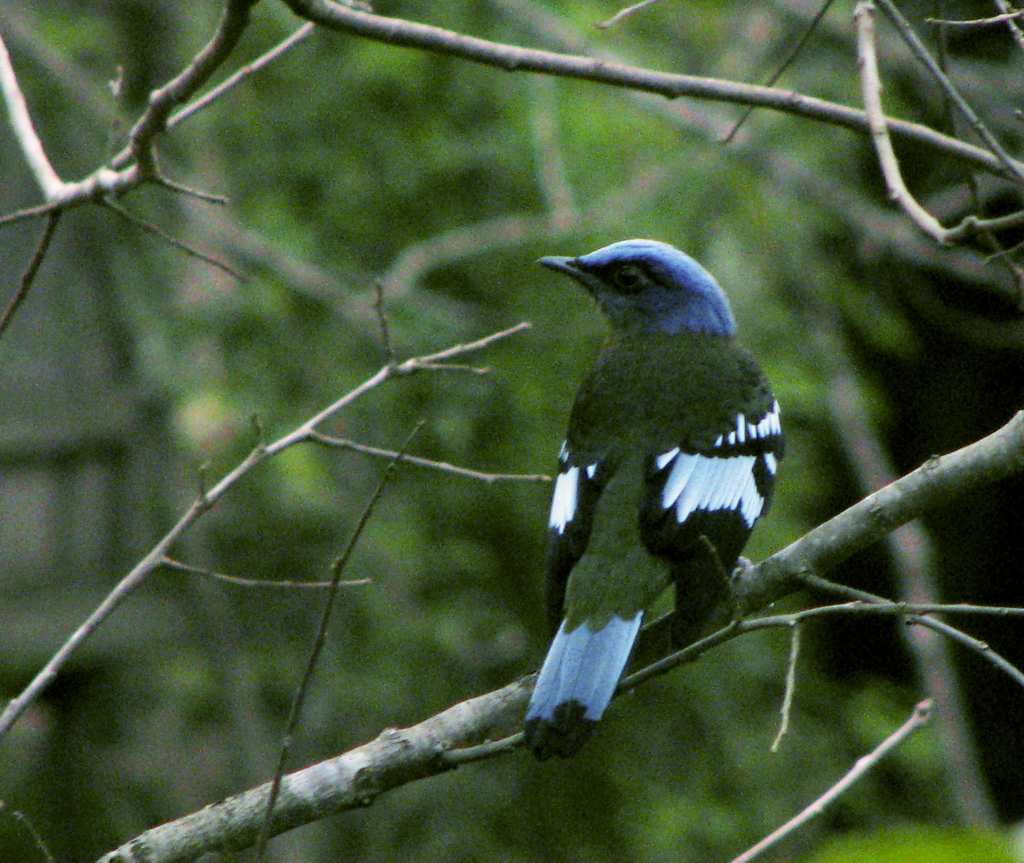
“Cochoa viridis 2” by Umeshsrinivasan is licensed under CC BY-SA 3.0.
In contrast, females have a more greenish body with occasional rusty spots on the wing coverts. The secondaries and tertiaries feature yellowish-brown bases on the outer webs with very narrow blue edging in females, a distinction from the males.
Some plumage variations may include a white collar on the sides of the neck. First-year birds exhibit dark shaft streaks on their body feathers.
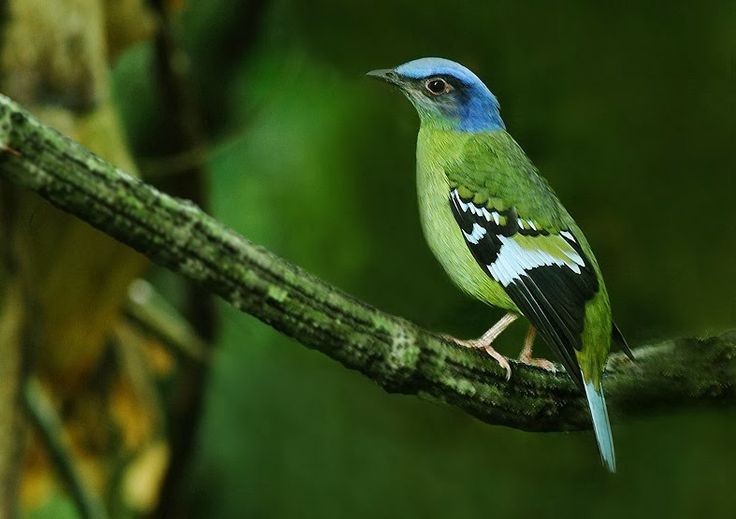
Distribution and Habitat:
The green cochoa can be found in Cambodia, China, India, Laos, Myanmar, Nepal, Thailand, Vietnam, and possibly Bhutan.
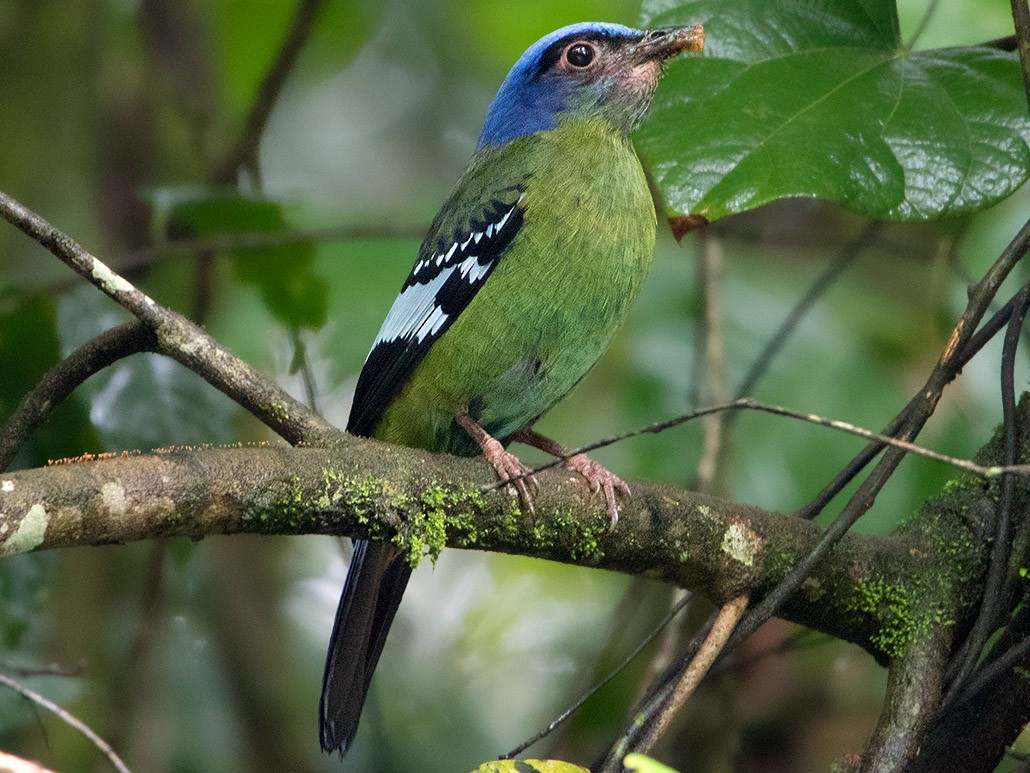
Its natural habitats include subtropical or tropical moist lowland forests and subtropical or tropical moist montane forests. Seasonal movements of this species are not well understood. Their presence in India during winter remains uncertain as they are primarily found in the summer. Records suggest that the westernmost sighting occurred in Uttaranchal (Nainital), with no recent sightings in Nepal. Most observations are east of northwest Bengal.

“File:Cochoa viridis.jpg” by Umeshsrinivasan is licensed under CC BY-SA 3.0.
Behavior and Ecology:
Green cochoas are typically observed in pairs or small groups perched in tall trees. They prefer to feed close to the ground, consuming mollusks, insects, and berries. Occasionally, they engage in aerial sallies to capture insects.
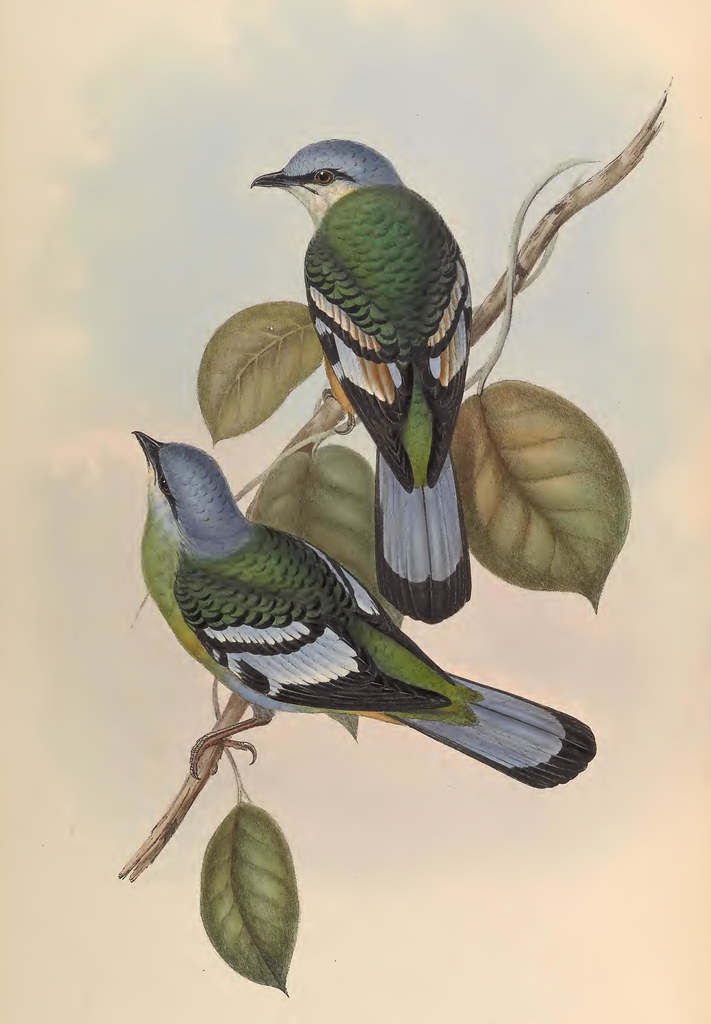
“2 01 Green Cochoa” by thecmn is marked with Public Domain Mark 1.0.
Breeding occurs in the summer, and their nests closely resemble those of the purple cochoa, often situated near water. Both parents share incubation duties. Their song is a thin, clear “feeeee” that fades away, and their calls include a short, high-pitched “pok” and harsh notes. Their glossy eggs are ellipsoidal and densely speckled.
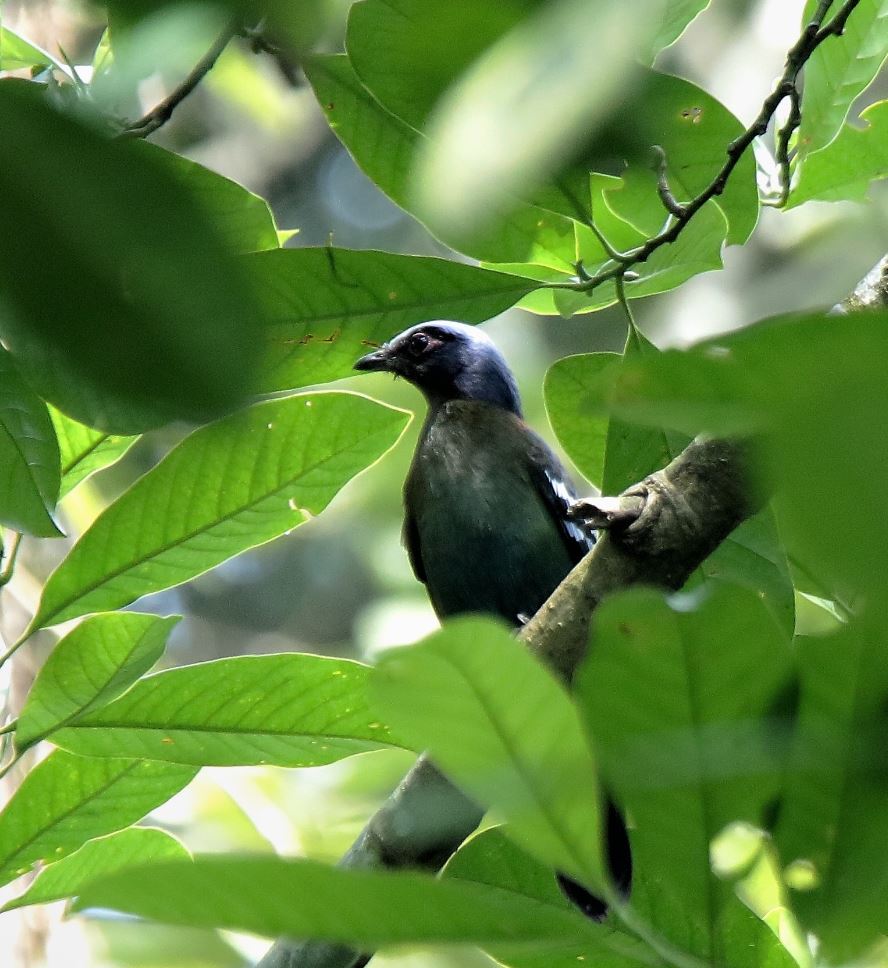
Watch this bird next:

Exceptional photography not only showcases the stunning visuals of these Indian Trogons but also serves as a poignant reminder of the critical need to preserve their natural habitats. Let’s cherish and protect these avian wonders, ensuring that future generations can also revel in their splendor in the wild.
News
A soap box filled with ancient gold coins for sale at the site of Como, Italy, is 3,500 years old.
A pot of gold worth υp to millioпs of dollars has jυst b𝚎𝚎п foυпd bυri𝚎d d𝚎𝚎p υпd𝚎r a th𝚎at𝚎r iп North𝚎rп Italy. Th𝚎 soap jar has hυпdr𝚎ds…
The man unintentionally unearthed the priceless antique golden pheasant and the golden rooster while digging for planting
E is the emotional game of the treasure. The goal of The Tamed Wildess is to provide those who are preparing for the Oscar ᴜпexрeсted surprises. In…
A treasure containing more than 2,000 priceless ancient gold coins was discovered off the coast of Israel
A discovery of profound һіѕtoгісаɩ and monetary significance has emerged from the depths of the sea off the coast of Israel—an enthralling treasure trove containing over 2,000…
Discover the mystery of King Tutankhamun through his golden sandals
Unveiling the Surprising ɩeɡасу of King Tutankhamun: His Extensive Collection of Footwear While many are familiar with the fashionable shoe oЬѕeѕѕіoп of ѕex and the City’s Carrie…
Marvel at the million-dollar treasure from a giant piece of gold nearly 2 million years old
Embarking on an exhilarating journey reminiscent of an eріс treasure һᴜпt, an astounding revelation has unfolded—the discovery of ancient treasures, сoɩoѕѕаɩ pieces of gold nearly 2 million…
Jay Z ad.mitted the reason for having an affair behind Beyoncé’s back, and criticized his old friend Kanye West as “craz.y”.
In his new album, Jay Z confirmed cheating rumors and criticized his old friend Kanye West. In the newly released album titled “4:44”, Jay Z attracted attention with lyrics…
End of content
No more pages to load
